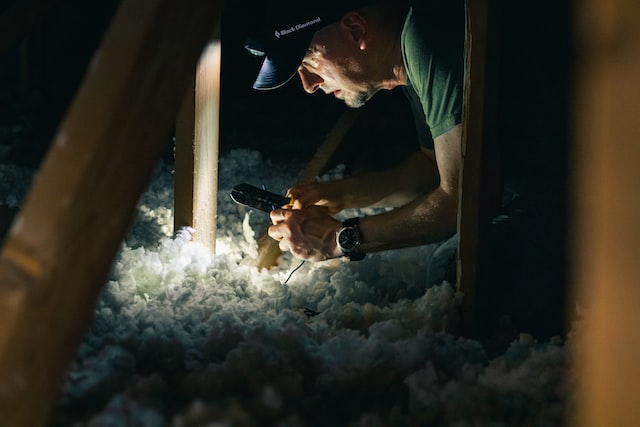If you’re in the market for a new home insulation system, you may have heard of blown-in insulation. This is a popular choice for many homeowners because it has a lot of benefits. In this blog post, we will discuss five things that you should know about blown-in insulation. By understanding these benefits, you can decide if this type of insulation is right for your home!
1) There Are 3 Types
The first thing you should know about blown-in insulation is that there are three types. The most common type is fibreglass, but there is also cellulose and mineral wool. Each type has its own benefits and drawbacks, so it’s important to do your research to see which one is right for your home. Here is a quick overview:
- Fibreglass is the most popular type because it is effective and affordable.
- Cellulose is made from recycled paper products, so it is a more environmentally-friendly option.
- Mineral wool is made from rock and slag, so it is very fire-resistant.
2) Installation Is Easy
Another benefit of blown-in insulation is that it is easy to install. This type of insulation can be added to your home without having to remove any existing insulation. This makes it a great option for homes that already have insulation, but need an upgrade.
3) It Has a Great R-Value
R-value is a measure of how well an insulation material resists heat flow. The higher the R-value, the better the insulation. Blown-in insulation has a very high R-value, which means it is great at keeping your home warm in the winter and cool in the summer. This can ultimately improve the energy efficiency of your home.
4) You Can Get a Custom Fit
One of the best things about blown-in insulation is that it can be custom-fit to your home. This is because it is blown into place using a special machine, leaving no gaps or spaces for heat to escape. This makes it a great choice for homes that have irregularly-shaped spaces.
5) It Does Have Some Disadvantages
Like any type of insulation, blown-in insulation has some disadvantages. One drawback is that it can be difficult to control the amount of insulation that is installed. This can lead to homes that are either under-insulated or over-insulated.
Another drawback of blown-in insulation is that it can settle over time. This means that you may need to add more insulation to your home every few years to maintain the same level of energy efficiency.
Despite these drawbacks, blown-in insulation is still a great option for many homeowners.
The Bottom Line
If you’re looking for a new insulation system for your home, blown-in insulation is a great option. It is easy to install, has a high R-value, and can be custom-fit to your home. However, there are some disadvantages to consider, such as the potential for settling and difficulty in controlling the amount of insulation. By weighing the pros and cons, you can decide if it is right for your home.
Interested in blown-in attic insulation? Click here to request a free estimate from Ainger Roofing today!

